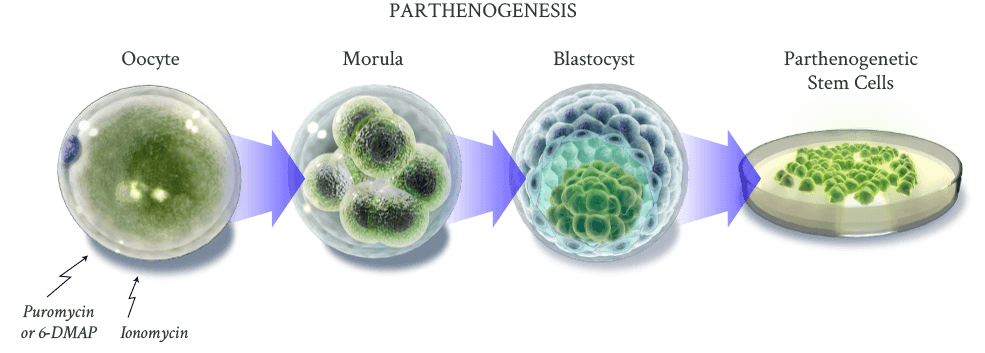Science
-
PROMISING SOURCE FOR CELL-BASED THERAPY
ISCO has pioneered a new class of human pluripotent stem cells derived from unfertilized eggs. These stem cells, known as human parthenogenetic stem cells (hpSC) retain all of the advantages required to generate targeted therapeutic tissues while being unable to generate a complete human organism.
-
The human parthenogenetic stem cells are created by chemically stimulating oocytes (eggs) with Ionomycin and 6-DMAP or Puromycin to begin division. The oocytes are not fertilized and have one copy of genomic DNA (haploid). Once the oocyte begins division, the cells spontaneously revert to the two copies of genomic DNA that are normally present (diploid). The cells develop into a blastocyst-like structure after multiple divisions. The blastocyst-like structure is then treated with an enzyme called Pronase which strips off the outer covering (zona pellucida) and plated onto a tissue culture dish. The blastocyst attaches to the tissue culture dish and spreads out into two dimensions. This exposes the inner cell mass (ICM) which is the ultimate source of the parthenogenetic stem cells. The ICM is cut free of other contaminating cells, such as trophectoderm, and is established as a new human parthenogenetic stem cell (hpSC) line.
The new hpSC line must undergo a series of tests to qualify as a functioning pluripotent stem cell line. It must be pure and express the pluripotency markers OCT4 and TRA-1-60. The hpSC must maintain stability and have intact genomic DNA as demonstrated by karyotyping. It must also be able to achieve the first step of differentiation into the three germ layers of ectoderm, endoderm and mesoderm to indicate its potency.

